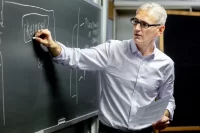On a recent early September afternoon, a spirited group of a dozen Bates students rambled along the Androscoggin Riverwalk in downtown Auburn, listening to music turned low on a hand-held bluetooth speaker carried by Alexis Gonzalez ’26 of Hanford, Calif.
The group had just come from nearby Crescent Beach in Auburn, where they threw a Frisbee, waded in Taylor Pond, and sang karaoke songs. Beside the edge of the rushing Androscoggin, they stopped for photos, while some danced.
Just one day earlier, the nine first-year Bates students in the group were strangers. Now, as they enjoyed one of roughly 50 orientation trips offered to the entire Class of 2027, the strangers had accomplished what their trip leaders were working toward: creating their own sense of Bates community.
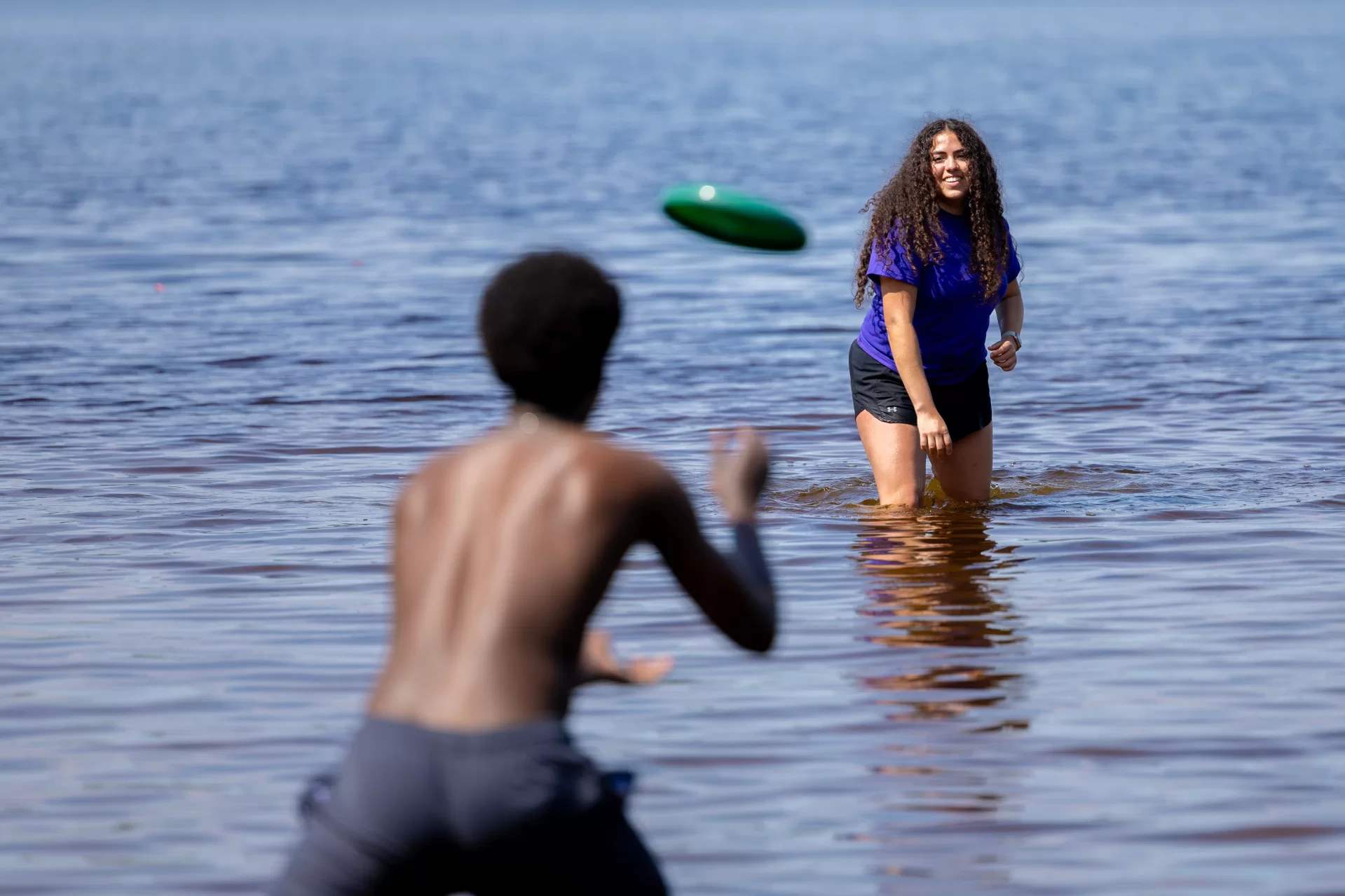
“They were able to really connect with each other,” said Gonzalez, a co-leader of the Lakes Chillin’ trip with J.J. Mariscal ’26 of Mission, Texas. “They learned each other’s names very fast. They’re comfortable with each other.”
And the karaoke? “They’re really good singers, actually. The energy was just really cool.”
Outdoor orientation trips for first-year students are not unique to Bates, nor are they new. But in recent years, more has been done to hone and develop Bates’ long-running program, known as AESOP (Annual Entering Student Orientation Program).
In the late 1800s, for example, first-year students were welcomed to Bates with a bird walk and picnics. Then, through the mid-1900s, the Stanton Ride tradition took hold with a hike, picnic, and Bates stories told by beloved dean, Harry Rowe.
In the late 1980s, AESOP emerged as a multi-day, outdoor experience run by the student Outing Club. Similar to other colleges’ programs, AESOP carried a strong outdoor-education component, with physical challenges in nature being a key part of the program’s focus.
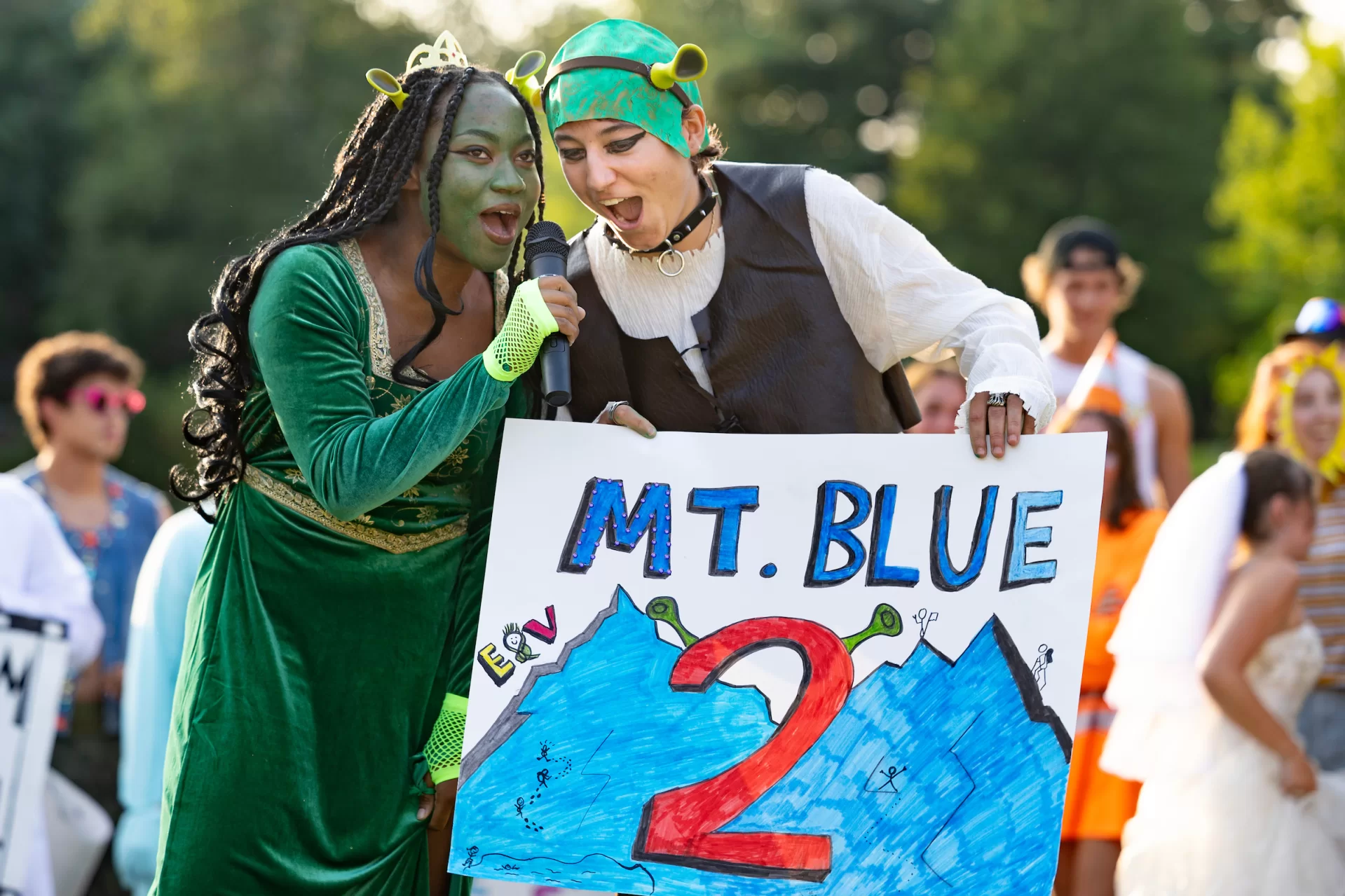
By the late 2010s, as Bates began to examine the totality of its diversity, equity and inclusion efforts, hard questions were asked about a predominantly white program at a predominantly white college engaged in a historically white activity, that being outdoor recreation, mostly in the backcountry.
In response, student leaders and Bates staff teamed up to make mission-driven changes, taking a deep dive into data from student surveys and national best practices to help them more effectively design an array of trips that adhere more closely to the AESOP goal: An inclusive and welcoming experience that gives first-year Bates students a sense of their place on campus, in Lewiston, and in Maine, and to help them feel an integral part of the Bates community.
“There is a lot of experiential education research we’ve looked at,” said Blake Reilly, associate dean of students and director of operations and administration. A successful orientation trip is “not necessarily about an outdoor experience, it’s about having a shared experience and working together toward something.”
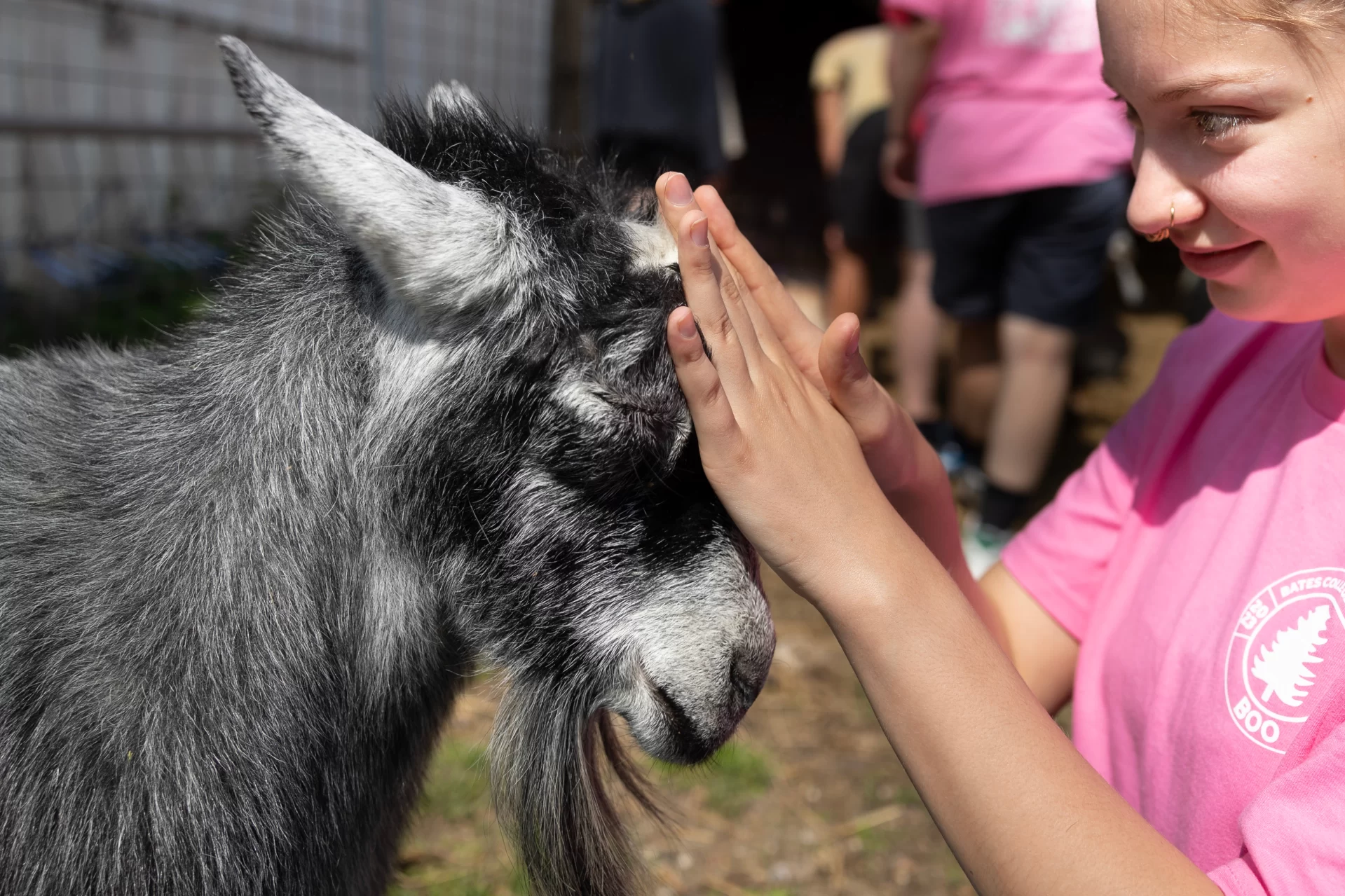
To that end, AESOP can’t be one size fits all. Students should be able to choose whatever level of challenge they want, Reilly said, since many already have had their fair share of challenges just getting to Bates.
“AESOP should be challenge by choice,” said Reilly. “When students come to campus they are coming from all over the country and world, and some have never been to Maine before. If you’re dropped onto the Bates campus for the first time, you are already facing a challenging situation.”
AESOP offerings are more creative and varied than ever. While a range of trips still afford traditional outdoor excursions to the backcountry of Maine and New Hampshire (like backpacking in Grafton Notch or canoeing on Moosehead Lake), today about a third of the roughly 50 AESOP trips focus on some sort of city or campus experience.
One local trip gave students a chance to produce a film. Another explored downtown Lewiston landmarks. Another taught students woodworking skills in the theater department’s scene shop, while Wool and Waves traveled to Popham Beach for surfside fun and knitting (no experience required).
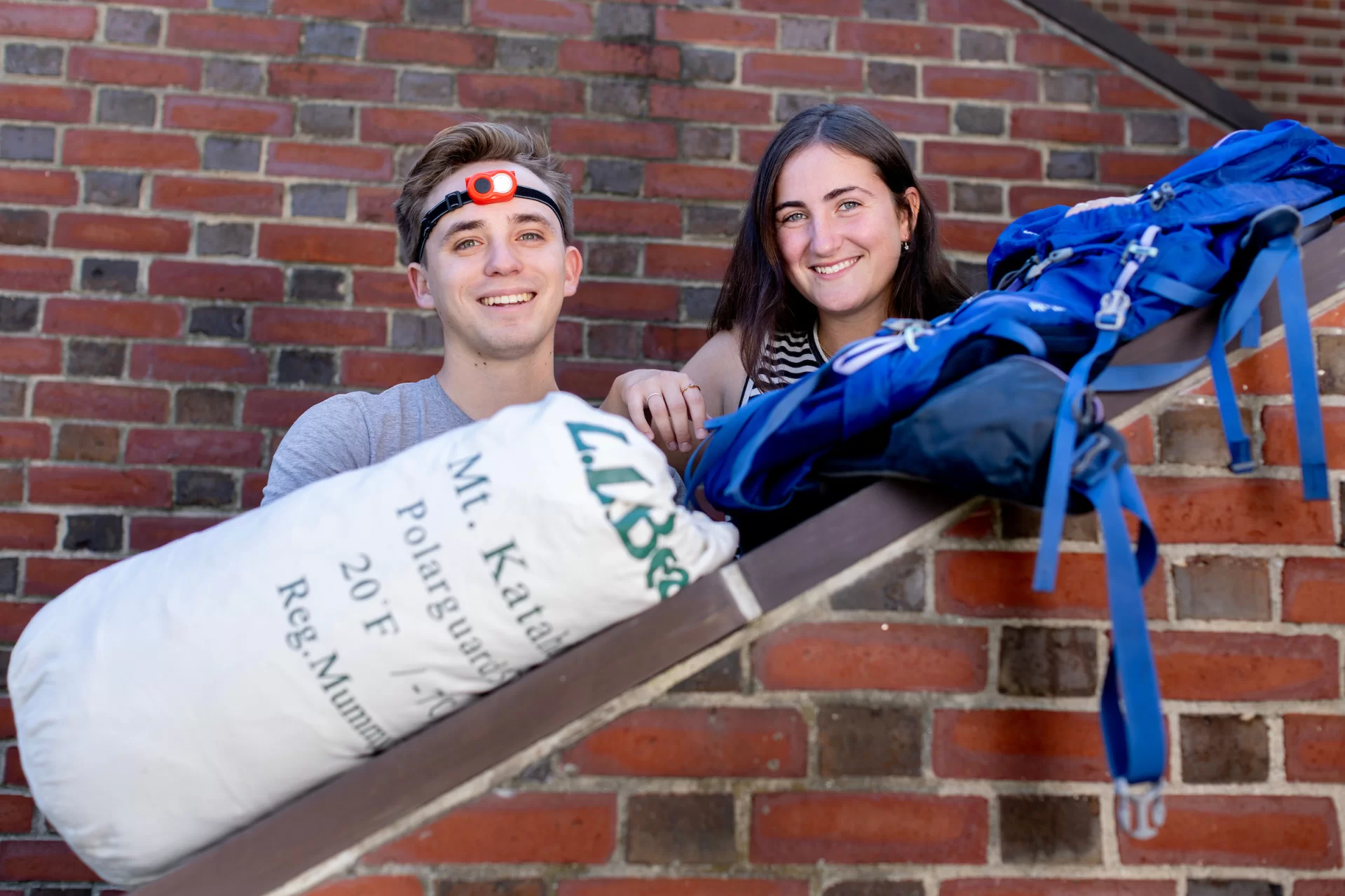
Another major change is offering multiple versions of some trips for affinity groups: women, women of color, international students, and students who identify as BIPOC (Black, Indigenous, and People of Color).
For example, the Lakes Chillin’ trip led by Gonzalez and Mariscal was a BIPOC student affinity trip. The two leaders didn’t know they would be leading an affinity group until they were assigned one. When that happened, both said they wondered whether offering affinity groups might be limiting by preventing the first-year students from meeting students from more diverse backgrounds. But as they watched their group bond quickly, they saw the merit in this new option.
“We kind of realized that the whole AESOP statement is about making sure students are feeling included in everything; making sure they have a safe and comfortable environment,” Mariscal said. “Introducing them to Bates through a BIPOC group, they will have a strong connection with the group. And later on if they need someone to talk to, they’ll always have someone they met in AESOP who they feel comfortable talking to.”
Together, Gonzalez and Mariscal helped forge that strong connection. They planned a surprise birthday cake for one of the new students, and invited the first-years to contribute songs to a Spotify playlist. Within a day the playlist held 24 hours worth of music.
About 50 miles to the northwest, AESOP trip leader Verina Chatata ’26 was climbing a steep, rocky trail to the summit of 3,200-foot Mount Blue with deep breaths and a smile that stretched all the way back to last year, when Chatata climbed the same peak for the first time as a first-year at Bates with nine other women of color on an affinity trip.
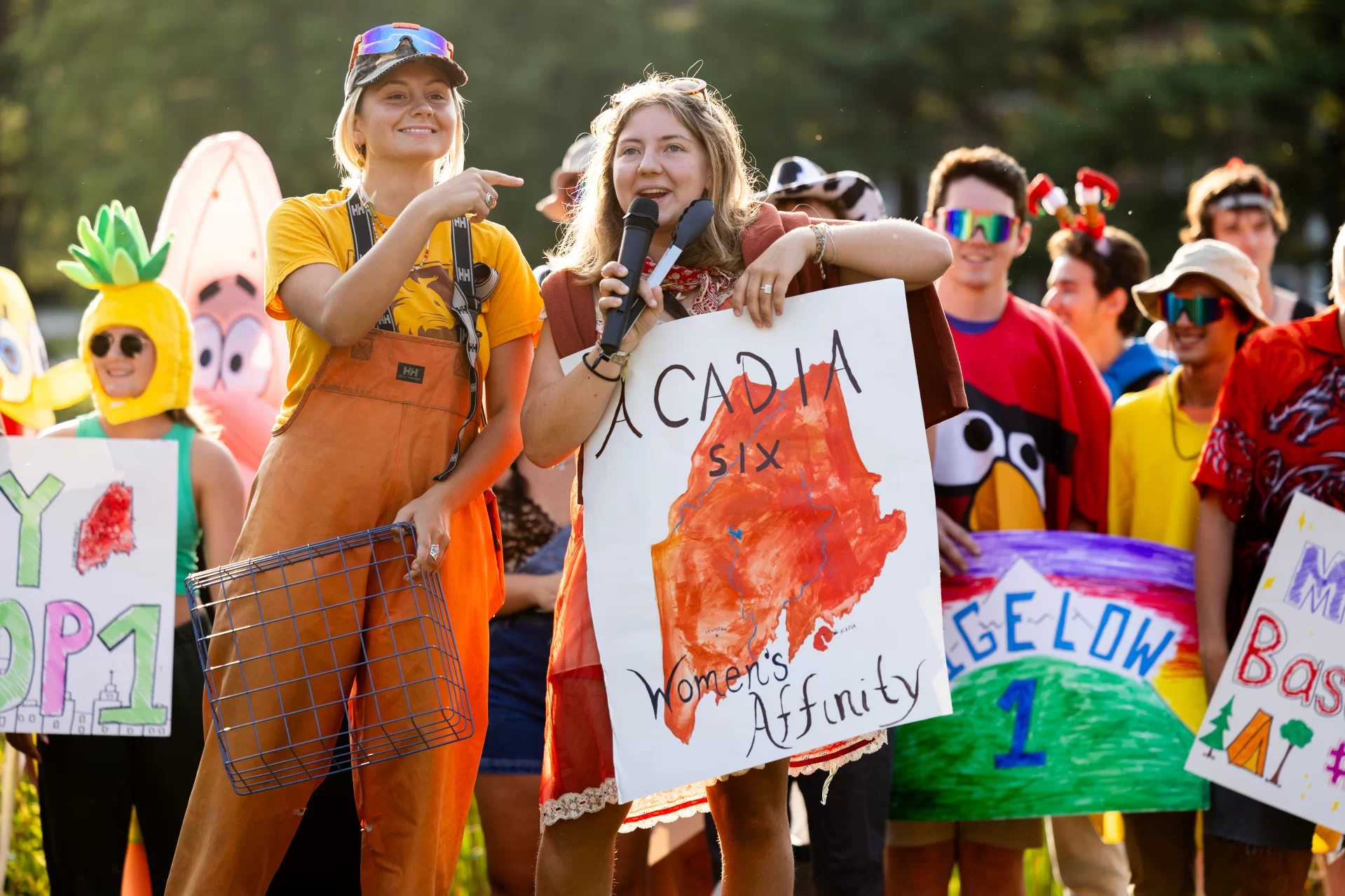
The experience was positive and powerful because it leveled the field, Chatatas said, making it more inclusive and less intimidating.
“I absolutely loved it. I liked hiking with the affinity group because it made the environment a lot more comfortable for me, even though I didn’t have an incredible amount of hiking experience,” said Chatata who is from Lilongwe, Malawi, in southeast Africa, and grew up camping, but not hiking. “We shared a certain level of understanding across the different conversations we were having, which thus contributed to the comfort level.”
Catie Luedee works closely with AESOP student leaders as the college’s coordinator of outdoor education and programs. She also advises the Outing Club. The ability to be comfortable in the outdoors, she admits, was never a question for her growing up.
“The more I work in outdoor education, the more I think am so privileged: upper-middle class, white girl from small-town Maine. I’ve always felt safe outside — my dad is a boat captain,” said Luedee, who is from the coastal town of Phippsburg, an hour from campus.
“Remembering that for a large population of people, the outdoors is not a place they feel safe is very important — and it’s very important for AESOP.”
The changes to the program seem to be working. By 2019, post-AESOP student surveys showed that 86 percent of respondents said the experience was “enjoyable” or “somewhat enjoyable.” In 2021, after COVID canceled the 2020 trips, AESOP scored a 96-percent approval rating. Last year, it hit 99 percent. “I was pretty happy with that,” Reilly said, “but the goal is 100 percent.”
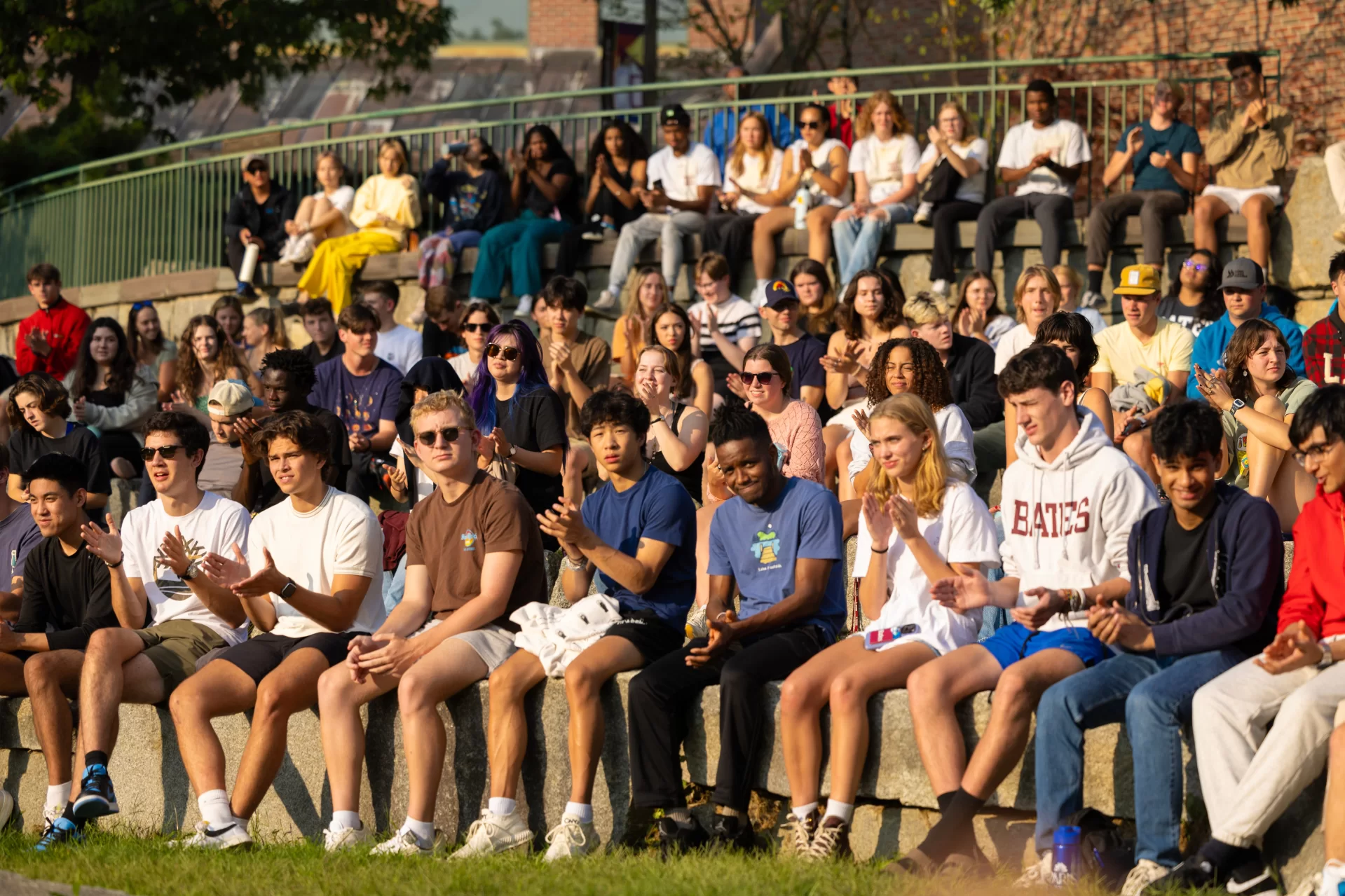
Another improvement added this year in the name of inclusion is a program to educate trip leaders about the history of the Indigenous lands they and their first-year students visited.
During one of their many training sessions, AESOP trip leaders on Aug. 28 heard from Associate Professor of History Joe Hall, whose scholarly interests focus on Native American interactions with Europeans during the colonial period and who teaches a Short Term course on the history of the Wabanaki, the collective term for the Maliseet, Micmac, Penobscot and Passamaquoddy tribes in Maine.
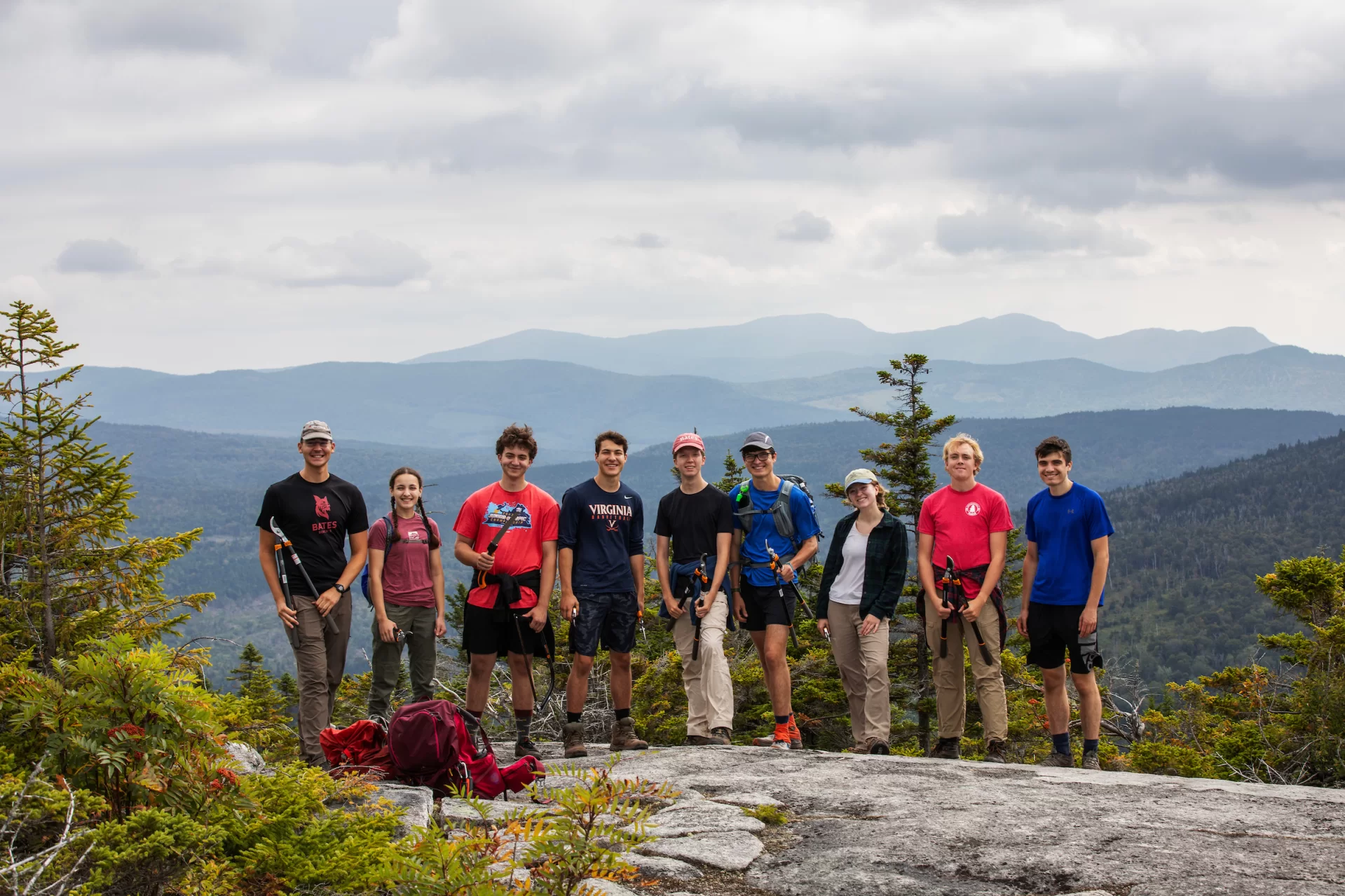
During his talk to the more than 100 AESOP leaders, he played a video made by three students from his Short Term course that raised hard questions about what the students knew about Wabanaki history. Then Hall asked the trip leaders to ask themselves those same questions.
“One of the things that I want to have us think about is the way that outdoor experiences is not just going for a hike, which has all sorts of histories of really intense privilege rooted in that,” Hall explained.
“But those so-called classic experiences are rooted in a certain tradition of relatively rich white people enjoying the spaces that their ancestors had conquered from other people. And there are politics about who feels welcome where and what those spaces mean.”
For Mitchel Soederberg ’25 of Bedford, N.H. who knew little about Indigenous lands in Maine, Hall’s discussion “planted a seed.”
“It just shocks me how little I know about… the history of the people who lived in this space,” said Soederberg, who helped lead the backpacking AESOP trip in the Bigelow Range. “I love hiking and backpacking to these places. I want to learn about the people who (lived) in these places.”
Four days later — following the traditional, raucous welcome to first-year students at the Keigwin Amphitheater — Soederberg and his fellow trip leaders gathered their first-year charges and fanned out across Maine and into New Hampshire to lead 57 trips.
With the help of the Harward Center for Community Partnerships, one AESOP trip offered new students a chance to engage with the Lewiston community to get a sense of the rich experiences that await them if they venture beyond campus.
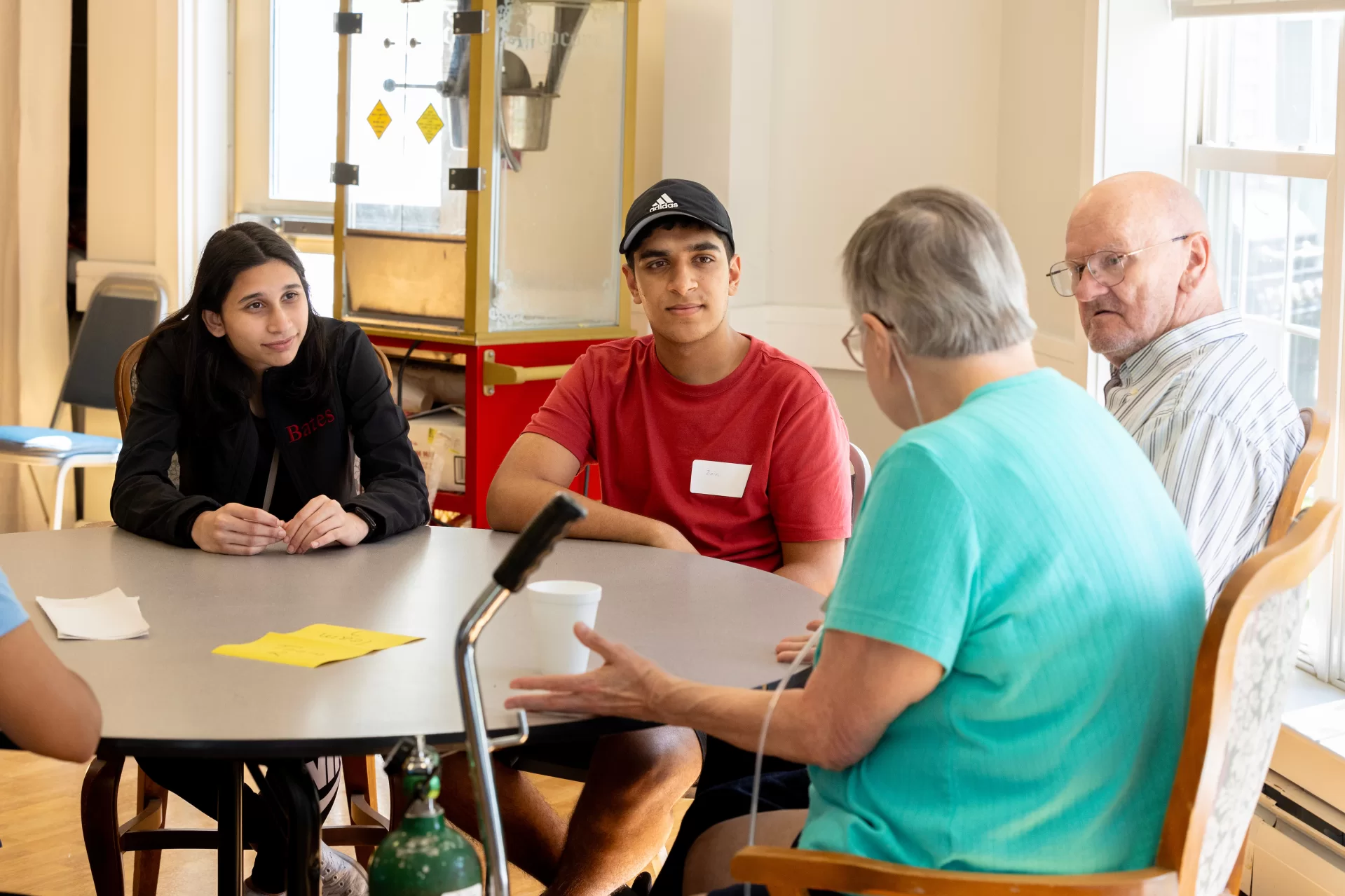
“That’s the hope for these local community engagement trips,” said Darby Ray, the center’s director. “That they welcome students into the local community, expose them to the work of several local organizations, and give them an opportunity to get involved in that work.”
One of the AESOP community engagement trips this year went to the Montello Heights assisted living community, where the students played games with the residents, including one that revealed the cost of everyday things 70 to 80 years ago.
Trip leader Gail Curtis ’26 of Rockport, Maine, called it moving and unexpected.
“What we learned is that service is not one-sided. We’re also gaining something from the experience,” Curtis said. “That really came to fruition right before our eyes when we went to Montello Heights because they gave us stories and advice from their lives.
“They said other Bates students have gone there and written their life stories. As an English major, that really resonated with me. That would be such an honor to write someone’s life story to pass on to their children. We learned so much there. I just feel really lucky.”
